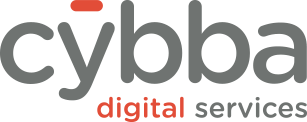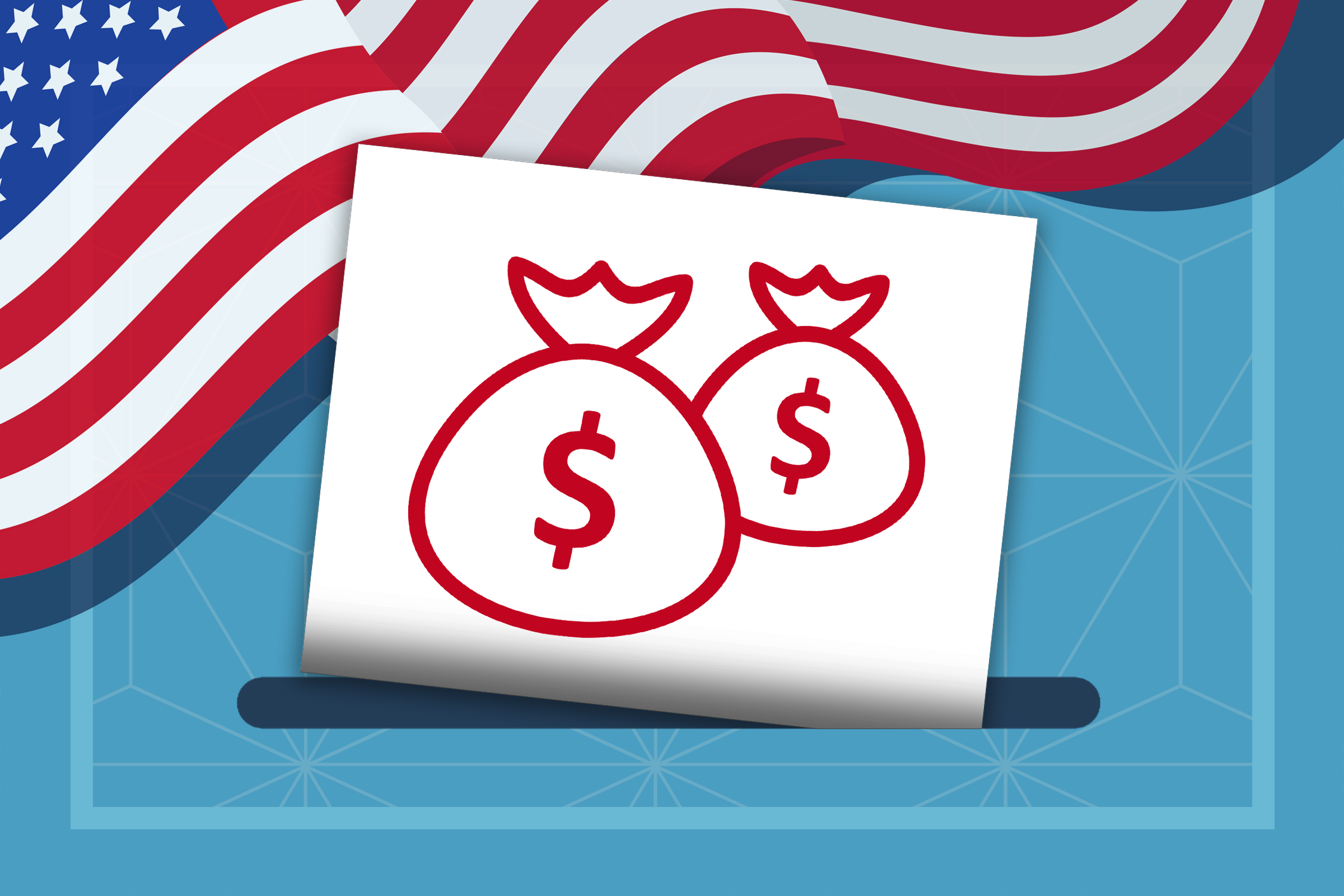As the midterm elections grow near, it is becoming harder to ignore the sheer number of political signs and advertisements we encounter during our daily activities. In recent years, more politicians and political groups are turning toward digital ads as a form to reach their target audience. As we get closer to the election, the growth in digital political ads will increase competition for companies and brands. The big question is, how will this affect overall results and media prices all over the country?
During the 2019-2020 election cycle, total political advertising spending reached about $8.5 billion across TV, radio and digital media (Forbes). It is projected that during this election, advertising spending will surpass previous election cycles. The growth in spending will heavily impact brands by causing media costs to soar as competition grows. Over the next month and a half, politicians will be entitled to the lowest media rates, which will cause smaller businesses to spend more in order to showcase their products.
.png?width=693&name=image%20(96).png)
Detailed targeting capabilities, that many digital platforms offer, are some of the main draws for political advertising. Granular targeting happens to be a common element in digital advertising, compared to the traditional forms of out-of-home that we are familiar with during past election cycles. Facebook for example, a powerhouse media platform, allows political advertisers to use the same kind of targeting tools as corporate advertisers, giving them more precision when advertising (CNBC).
It is also popular to find this type of political advertising being executed through programmatic display, audio, and OTT. The programmatic platforms allow for similar targeting to the social platforms but with the ability to tap into more publisher networks, such as CNN or NBC. Programmatic OTT has opened the door for politicians with any size budget to execute television ads in a more cost-effective way.
Although this is a competitive and expensive time for businesses, a positive takeaway from the migration is that it pushes brands to think outside-of-the-box. Instead of sitting in frustration, advertisers could take this challenge as a time to maximize marketing efforts. A few marketing tactics that come to mind are:
- Implement contextual targeting to show ads on more relevant content
- Leveraging Pinterest and other underutilized platforms to reach new audiences
- Partner with influencers to create scalable brand awareness campaigns
Since there is overlap during the election and the start of Q4, it is more important than ever to be innovative so that your brand can shine this holiday season!


